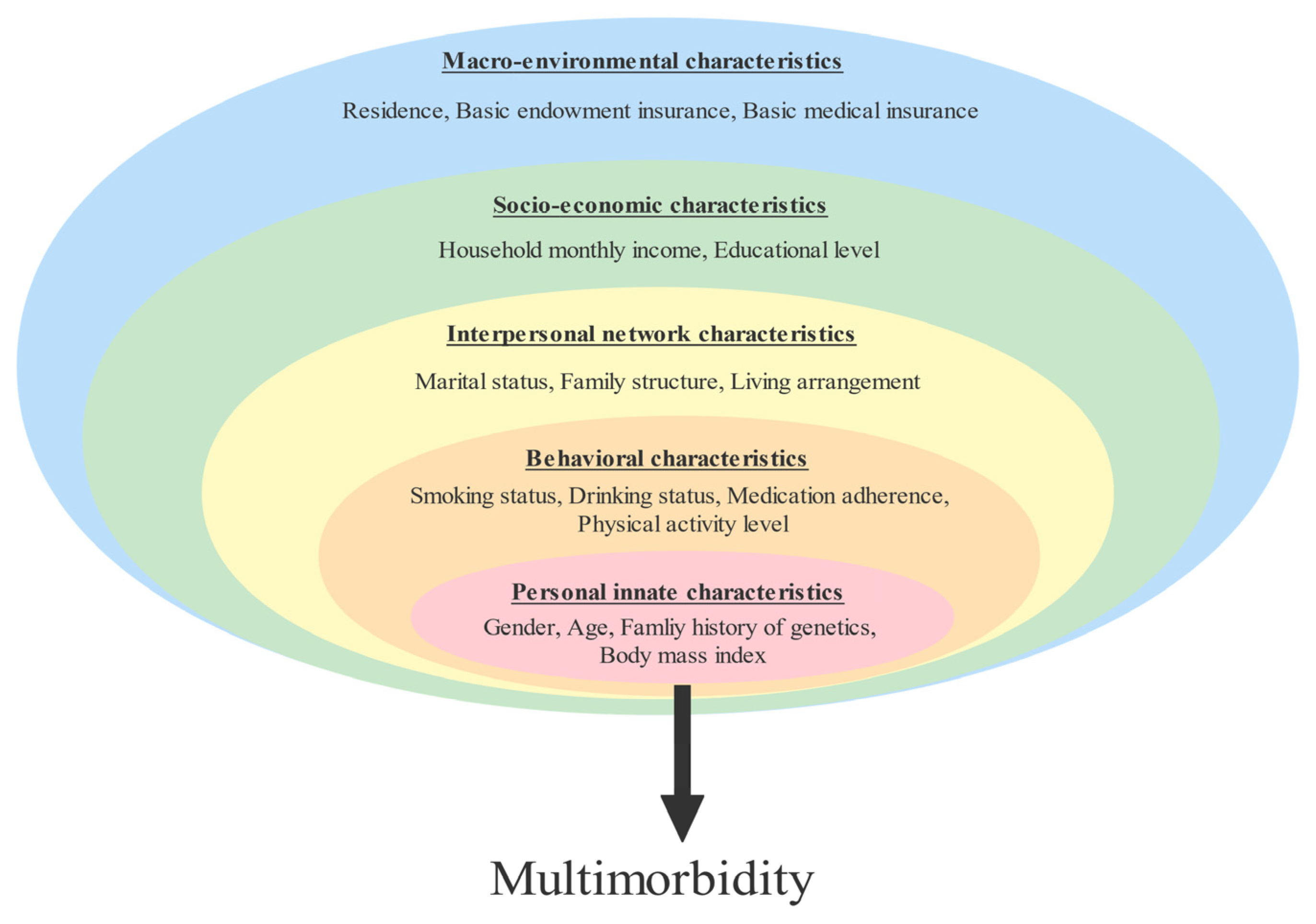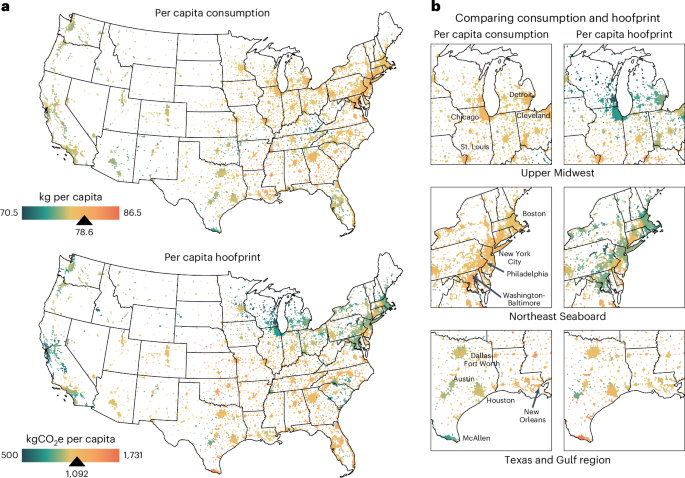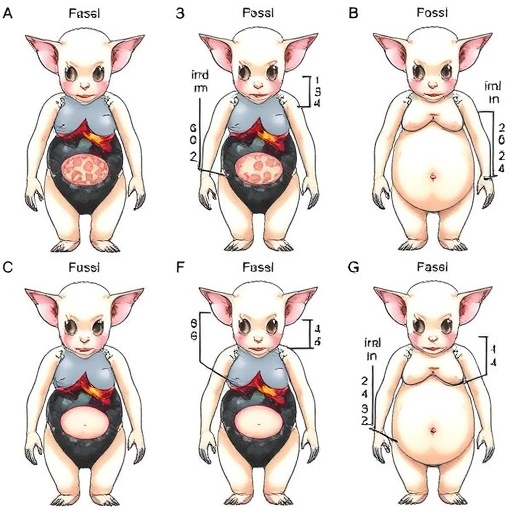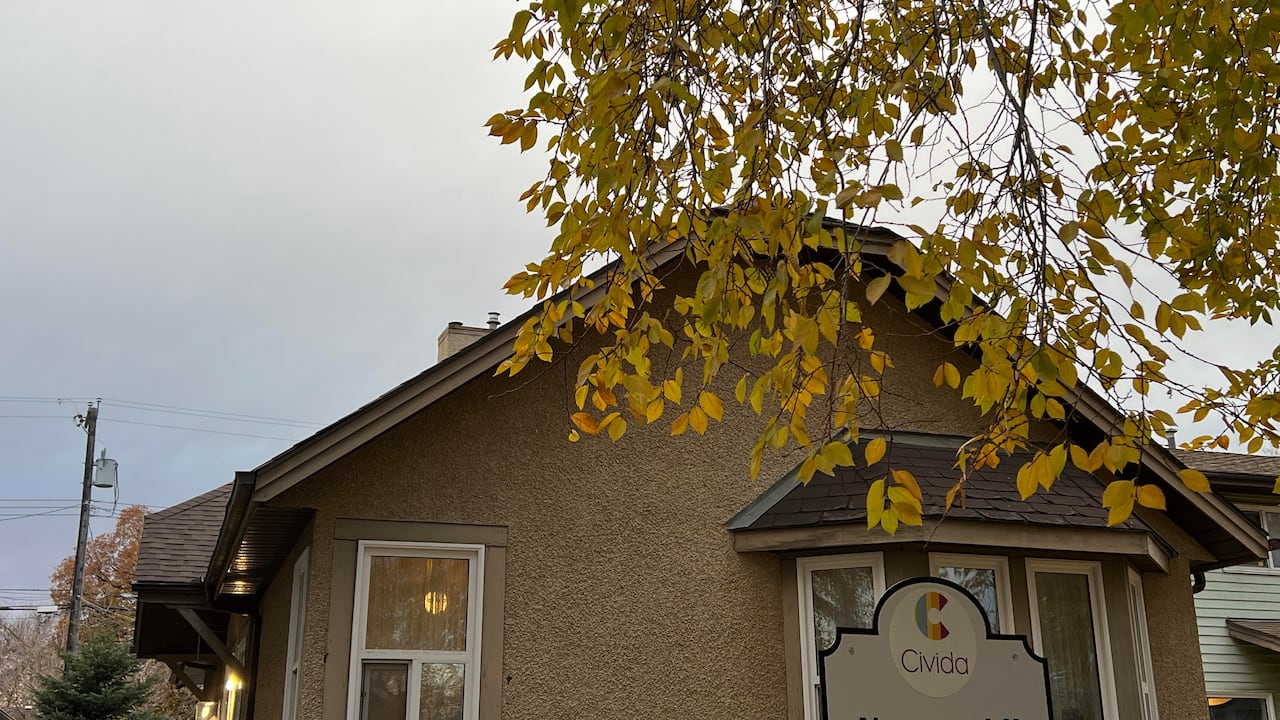FY26 House Transportation, Housing and Urban Development Subcommittee Budget Analysis – National Alliance to End Homelessness

Report on FY26 House Appropriations and Implications for Sustainable Development Goals
Executive Summary
A recent report from the House Appropriations Committee concerning the Fiscal Year 2026 (FY26) budget outlines proposed funding levels for key homelessness and housing programs. The proposal indicates a significant reduction in financial support, threatening to undermine progress toward several United Nations Sustainable Development Goals (SDGs). The proposed cuts, amounting to nearly $3.3 billion, represent a substantial challenge to local and national efforts to ensure housing security and reduce poverty, thereby directly impacting commitments to SDG 1, SDG 10, and SDG 11.
Analysis of Proposed Funding Reductions
The committee’s proposal diverges from the Administration’s budget request, presenting funding levels deemed insufficient to address the scale of the current housing and homelessness crisis. Key details of the proposal include:
- A total proposed reduction of nearly $3.3 billion from critical housing and homelessness initiatives.
- Rejection of numerous program proposals outlined in the Administration’s budget request.
- Funding levels that fail to meet the demonstrated need for preventing and ending homelessness nationwide.
Impact on Sustainable Development Goals (SDGs)
The proposed budget cuts have direct and severe implications for the achievement of multiple SDGs. The reduction in resources for housing programs is a significant setback for creating inclusive, safe, and sustainable communities.
- SDG 1: No Poverty
By reducing funds for programs that serve as a crucial safety net, the proposal directly hinders efforts to eradicate extreme poverty. Access to stable housing is a primary determinant in breaking the cycle of poverty, and these cuts weaken that foundation. - SDG 10: Reduced Inequalities
Homelessness disproportionately affects marginalized and vulnerable populations. Slashing funding for support services exacerbates existing inequalities, contradicting the core principle of SDG 10 to leave no one behind. - SDG 11: Sustainable Cities and Communities
The proposal is in direct opposition to Target 11.1, which aims to “ensure access for all to adequate, safe and affordable housing and basic services.” The budget cuts undermine the capacity of local communities to build sustainable and inclusive urban environments. - SDG 3: Good Health and Well-being
Housing stability is intrinsically linked to physical and mental health outcomes. A lack of secure housing contributes to poor health, placing additional strain on public health systems and impeding progress toward ensuring healthy lives for all.
Status and Outlook
It is important to note that the legislative process is ongoing. The final appropriation amounts are not yet finalized, as the Senate has not released its corresponding proposal. The current House budget, however, signals a potential retreat from established commitments to social welfare and sustainable development. Further updates will be provided as the Senate’s figures and subsequent conference committee decisions become available.
SDGs Addressed in the Article
-
SDG 1: No Poverty
The article directly addresses homelessness, which is an extreme form of poverty. The discussion of a “homelessness and housing crisis” and programs designed to “prevent and end homelessness” connects directly to the goal of eradicating poverty in all its forms.
-
SDG 11: Sustainable Cities and Communities
This goal is central to the article’s theme. The focus on “Housing Programs” and the “housing crisis” aligns with the objective of making cities and human settlements inclusive, safe, resilient, and sustainable, which includes providing access to adequate and affordable housing for all.
Specific Targets Identified
-
Target 11.1: By 2030, ensure access for all to adequate, safe and affordable housing and basic services and upgrade slums.
This is the most relevant target. The article’s entire focus is on the funding for “Key Homelessness & Housing Programs.” The mention of a “housing crisis” and the threat of cutting funds for programs that support local efforts to house people clearly indicates that the issue at hand is the provision of adequate and affordable housing.
-
Target 1.2: By 2030, reduce at least by half the proportion of men, women and children of all ages living in poverty in all its dimensions according to national definitions.
The article’s goal to “prevent and end homelessness” is a direct effort to reduce a critical dimension of poverty. A lack of housing is a primary indicator of poverty, and the programs discussed are designed to combat this specific aspect.
Implied Indicators for Measuring Progress
-
Government spending on housing and community development programs.
The article explicitly discusses this indicator by highlighting the proposed budget cuts. The statement that the “House’s budget proposal threatens to cut nearly $3.3 billion from critical programs” provides a direct, quantifiable measure of the financial resources being allocated (or removed) to address the housing crisis. This serves as an indicator of the government’s commitment to achieving housing-related targets.
-
Prevalence of homelessness.
Although not stated with a specific number, the article implies this indicator by referring to the “current homelessness and housing crisis.” The success or failure of the housing programs would be measured by the number of people experiencing homelessness. The purpose of the funding is to support efforts to “prevent and end homelessness,” making the rate of homelessness the ultimate metric for progress.
Summary of Findings
| SDGs | Targets | Indicators |
|---|---|---|
| SDG 1: No Poverty | Target 1.2: Reduce the proportion of people living in poverty in all its dimensions. | Prevalence of homelessness (implied by the phrase “prevent and end homelessness”). |
| SDG 11: Sustainable Cities and Communities | Target 11.1: Ensure access for all to adequate, safe and affordable housing and basic services. | Government spending on housing programs (explicitly mentioned as a “$3.3 billion” potential cut). |
Source: endhomelessness.org

What is Your Reaction?
 Like
0
Like
0
 Dislike
0
Dislike
0
 Love
0
Love
0
 Funny
0
Funny
0
 Angry
0
Angry
0
 Sad
0
Sad
0
 Wow
0
Wow
0
















































































